tips for photographing finicky pets
Photographing pets doesn’t come easy. With patience, humor, some creativity & inspiration you could be on your way to creating something memorable. You don’t need professional-quality equipment to make good pet portraits, but a few professional tips certainly won’t hurt. Here’s our best tips on photographing your four-legged friends:
Find good light. Early morning or late evenings have a warm, pleasant color and can be gorgeous. If you know you want to photograph your pet, plan it. Scheduling around ‘good’ light is an easy way to increase chances for a great portrait.
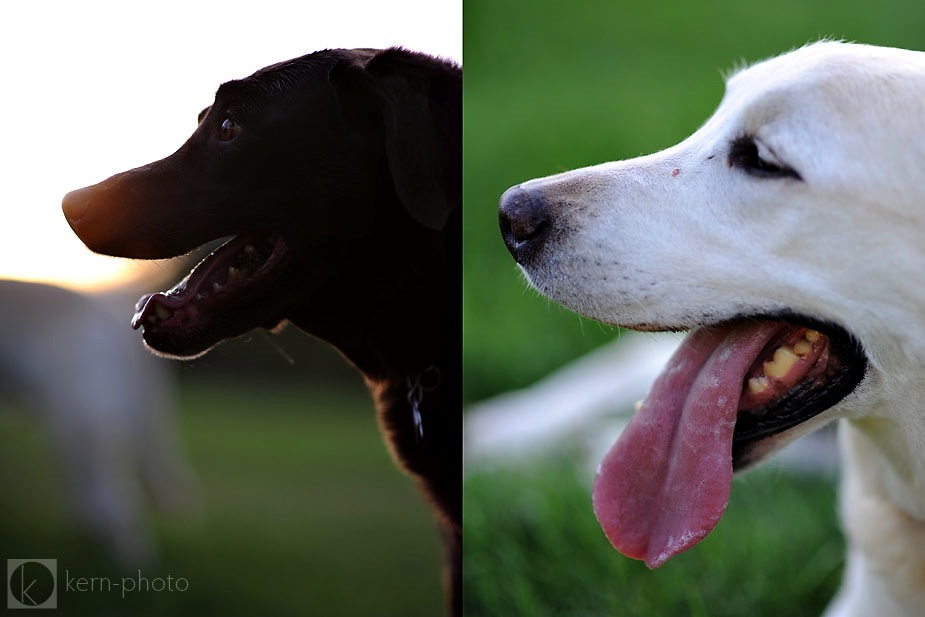
No flash allowed. Rarely, and I mean rarely, do I use flash to shoot dogs or cats. They move too quickly, and they hate flashes anyways. Natural light makes for more natural looking photos. If you use a flash, make sure the main light source is off the camera axis, otherwise you’ll be photographing scary devil eyes.
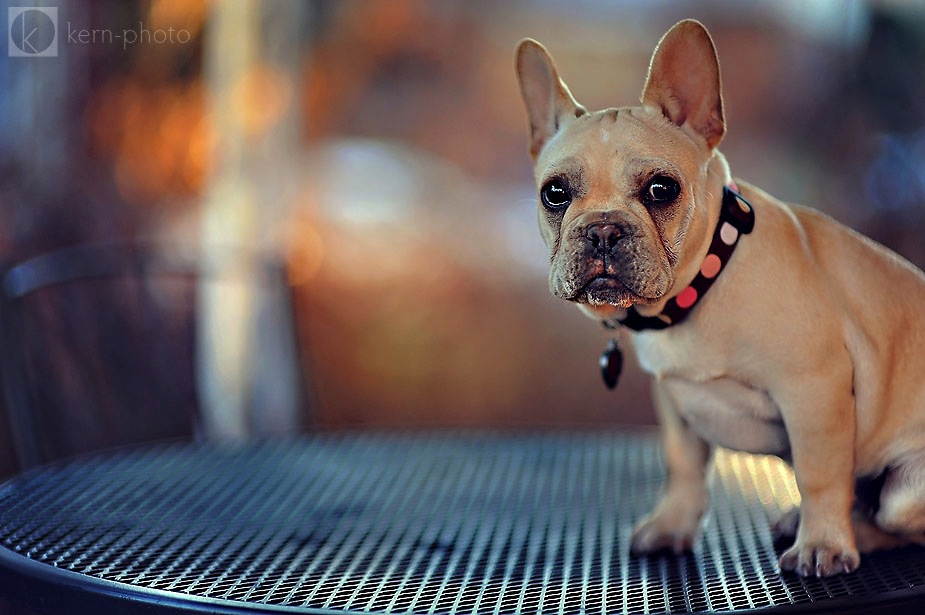
Be the alpha. Your camera’s light meter can easily be fooled by a white or dark fur/hair. Take control of your camera by metering the light off your hand, and it you like what you see, use those manual settings instead of having the camera guess the exposure for you. We shoot in manual mode 95% of the time.
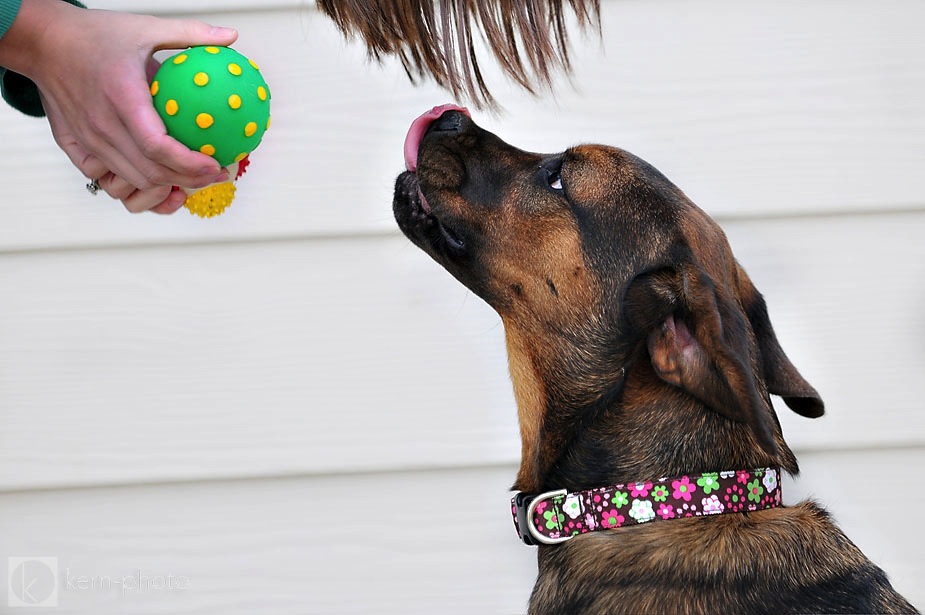
Teach “Sit” and “Stay.” Teaching your pet these basic commands will get you half way to a great shot… the rest is up to you. Your pet doesn’t like to stay still when you tell it… nothing new there. So don’t force anything. Move with them! Bribing with treats works sometimes, other times it might be a toy or ball. Our dogs love the light beam from a flash light.
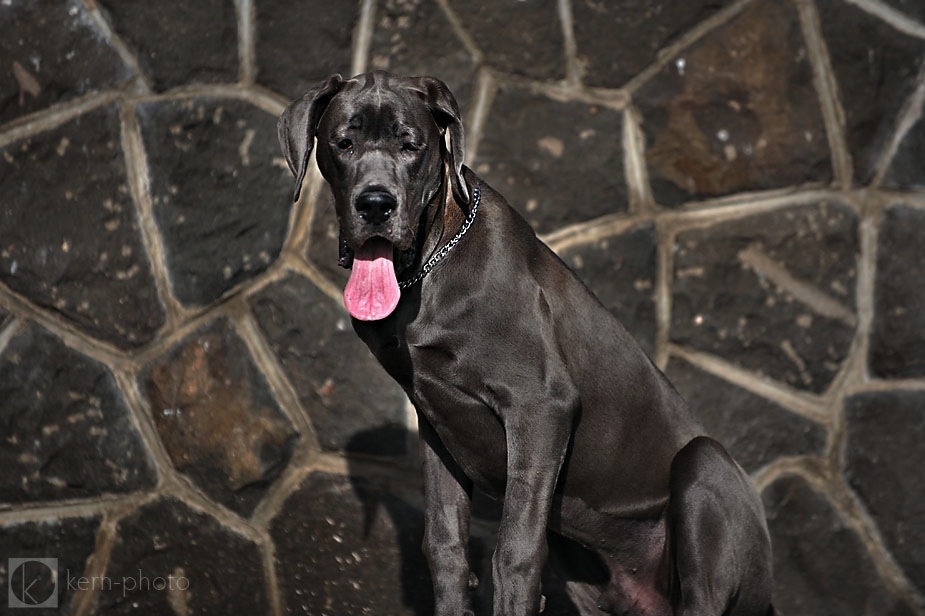
Capture candids. Genuine photos come from genuine moments. Candids and even out of focus images can be just as revealing of your pet’s personality than camera aware, posed shots. Here’s a fool-proof way to start: Place them in an area that limits movement and allows you to get back far enough to photograph them. On a couch, on top of a picnic table, or in a corner with windows is a great start.
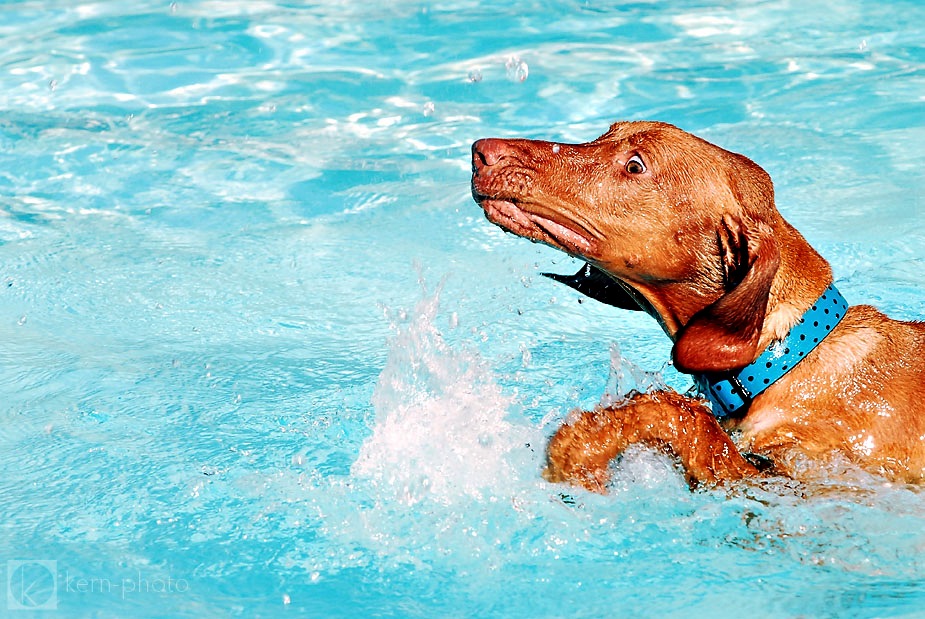
Get good glass. Point and shoot cameras work in good light next to a window or when the sun lingers low on the horizon over your shoulder. With that light, anything looks good. But in not-so-inspiring light, your job becomes harder. However, good camera lenses on a D-SLR will make your job much, much easier. For action shots, my favorite go-to lens is a telephoto zoom like the 70-200 f2.8. Second favorite: an wide angle like the Nikon 14-24, just as long as you don’t mind the occasion nose print on the front lens. For low light, the extra reach with an 85mm f/1.4 is awesome. I’ve tried exotic lenses like the 300 f2.8 and the 200 f/2 and the shot-to-keeper ratio went down. Better equipment does NOT equate to better photos necessarily, but the right tools for the job are important.
Focus on the eyes. Using shallow depth of field (with lenses > than f2.8) isolates the focus of your subject. If you focus on the eyes, then expect the nose and ears to be slightly out of focus, which is totally fine just as long as that’s what you want.
Use the shutter. At about 2-3 feet, clicking shutters on D-SLRs can grab attention and get your pet to look right into the lens. We shoot in burst mode at 4-5 frames per second which makes nailing the shot easier.
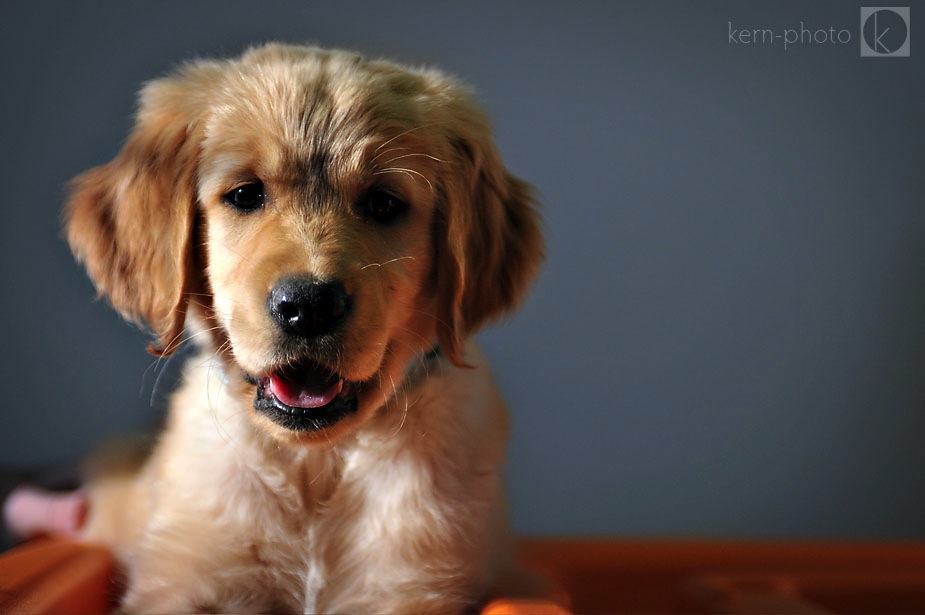
Make it positive. If every time you bust out the camera and your pet barks or runs under the bed… they didn’t like something you did along the way. I’m guilty. Our vizsla, Dash, isn’t an easy dog to photograph up close, but if I catch him with candids, he shines.
Get close. Lie on the floor with your pet and shoot low to illustrate their perspective. Use a wide angle lens, pre-focus, and have blades of grass in the foreground… chances are your pet might want to check out what’s there and you can get up close and personal with a snap.
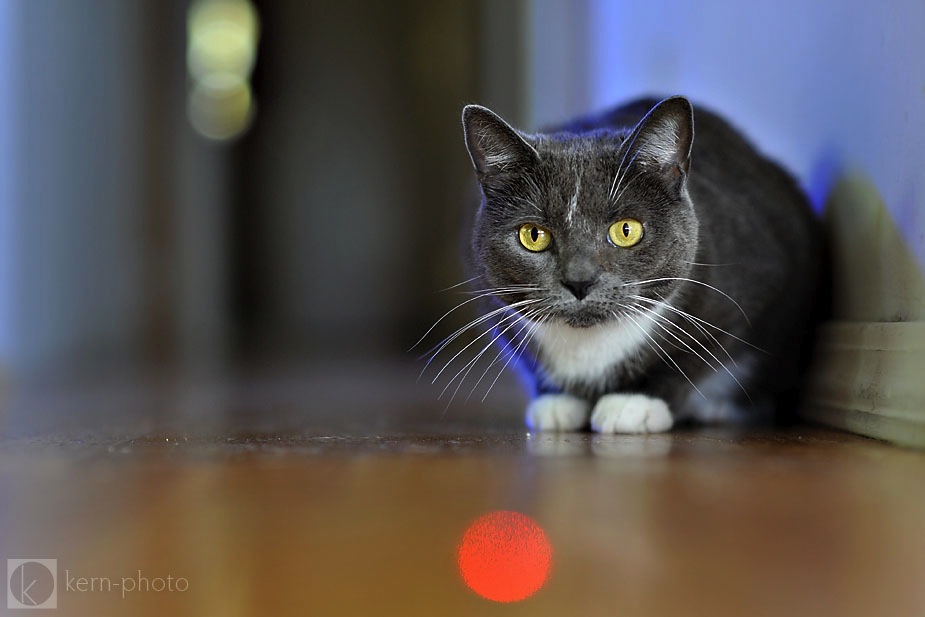
Don’t forget the details. A curl of a tail, a twist of an ear, or a wet nose make up the character of your pet which can be easy to forget. Macro lenses or close-ups allow you to focus on these subtleties to create an interesting, if not abstract, portrait.
Anticipate movement. Using a fast shutter speed, pre-focus and freeze movement by anticipating the shot just before it is about to happen. This goes for standing on two legs, jumping, head tilting, etc.
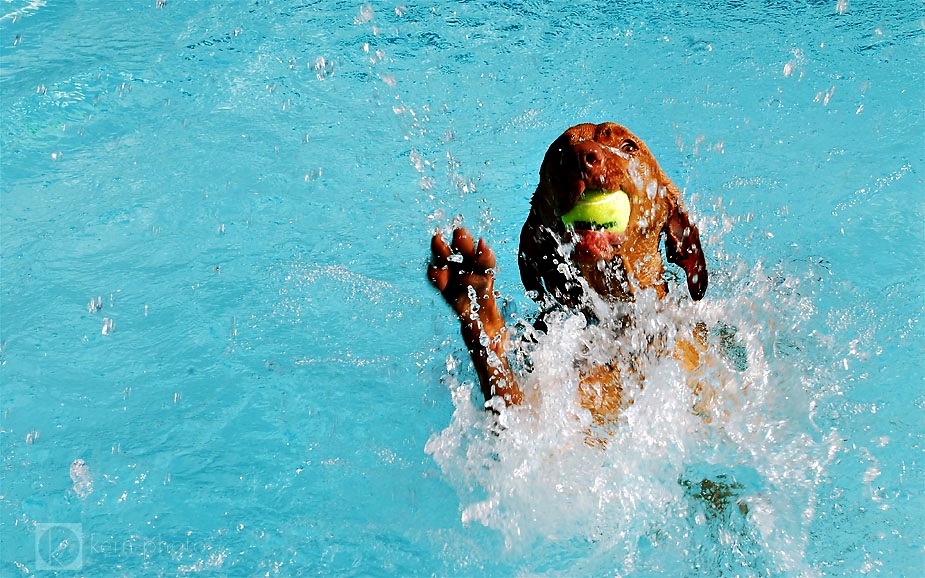
Reduce clutter. Clean backgrounds make it easier to focus on the subject. Shoes, bags on the floor, toys distract.
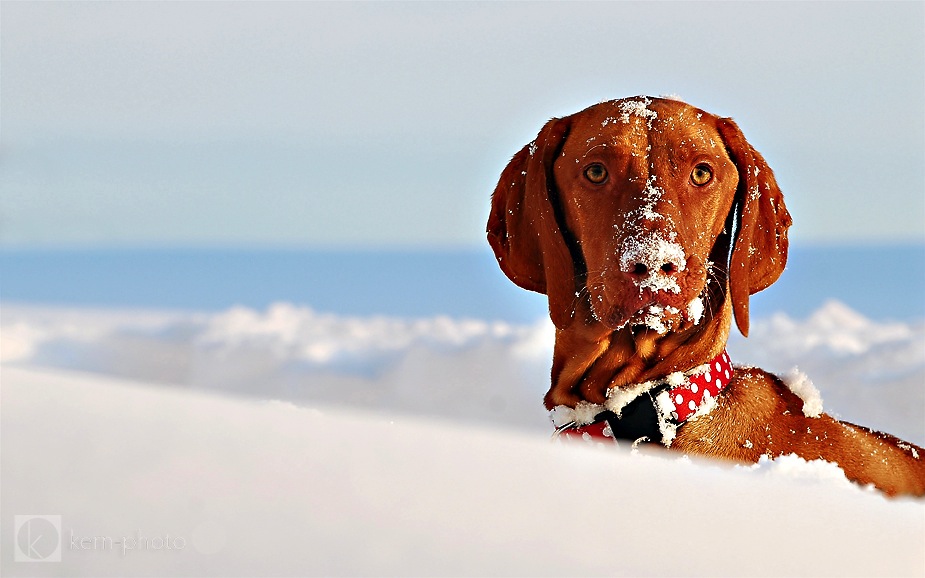
Dress for success. Just as on the fashion runway, the tiniest pet accessory could make all the difference. You can never have too many Pattern and Paw collars. Call us biased, but we have more than a dozen.
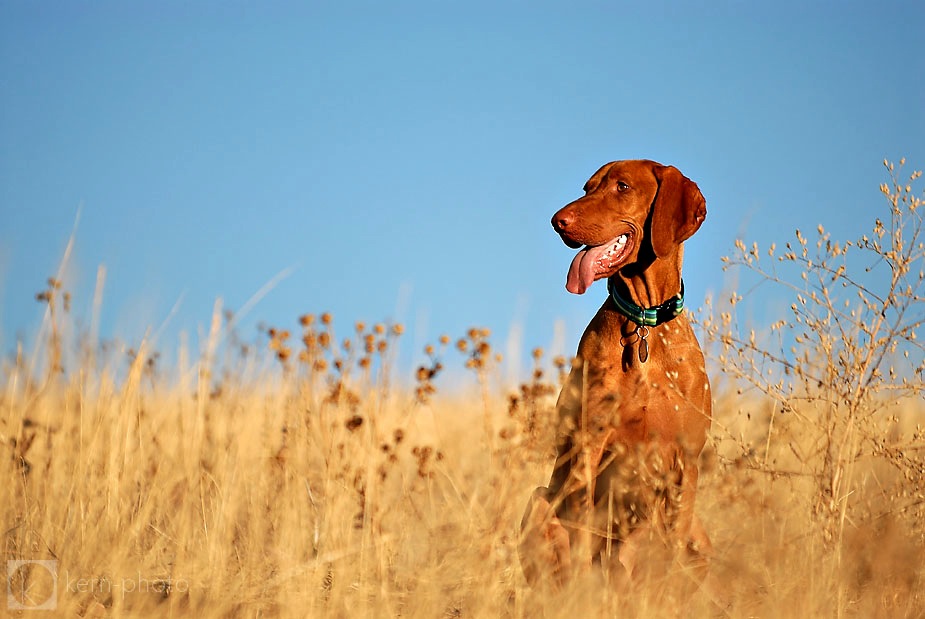
Off with the leash. Taking your pet off his leash outside in a safe place makes them more alive. Dog parks or legal open space is a great place to play and explore their element.
Make it work. In the words of Tim Gunn, use pressure as your friend to create something special. Give yourself 5 minutes to see what you can do first thing in the morning or just before dinner. Having your camera out and ready at home makes the quick home-portrait session even easier.






4 Responses to “tips for photographing finicky pets”